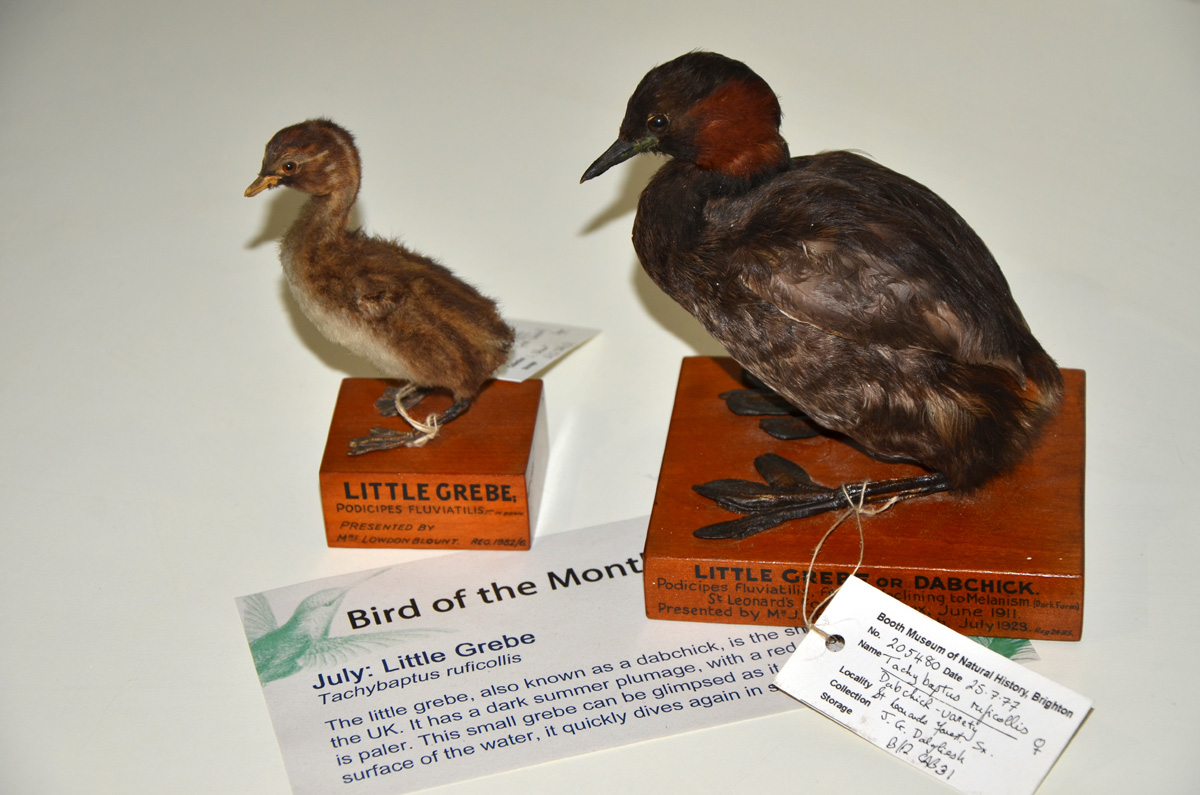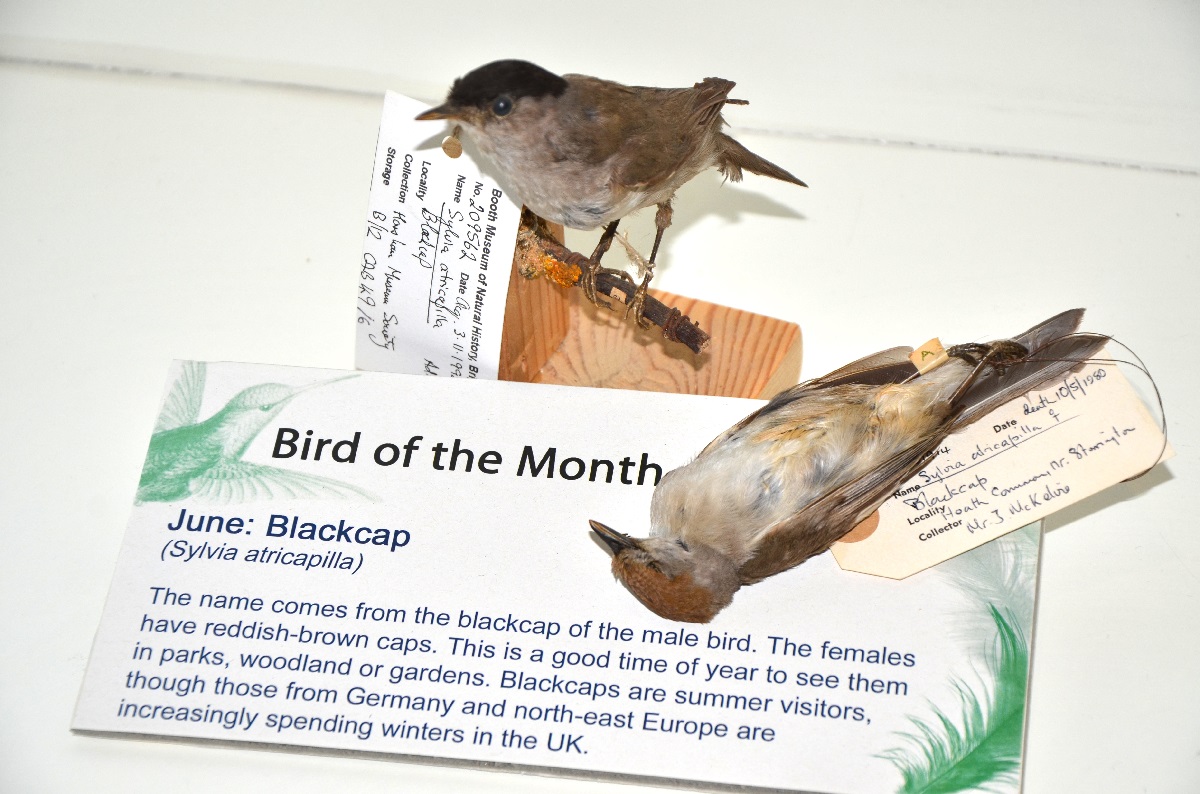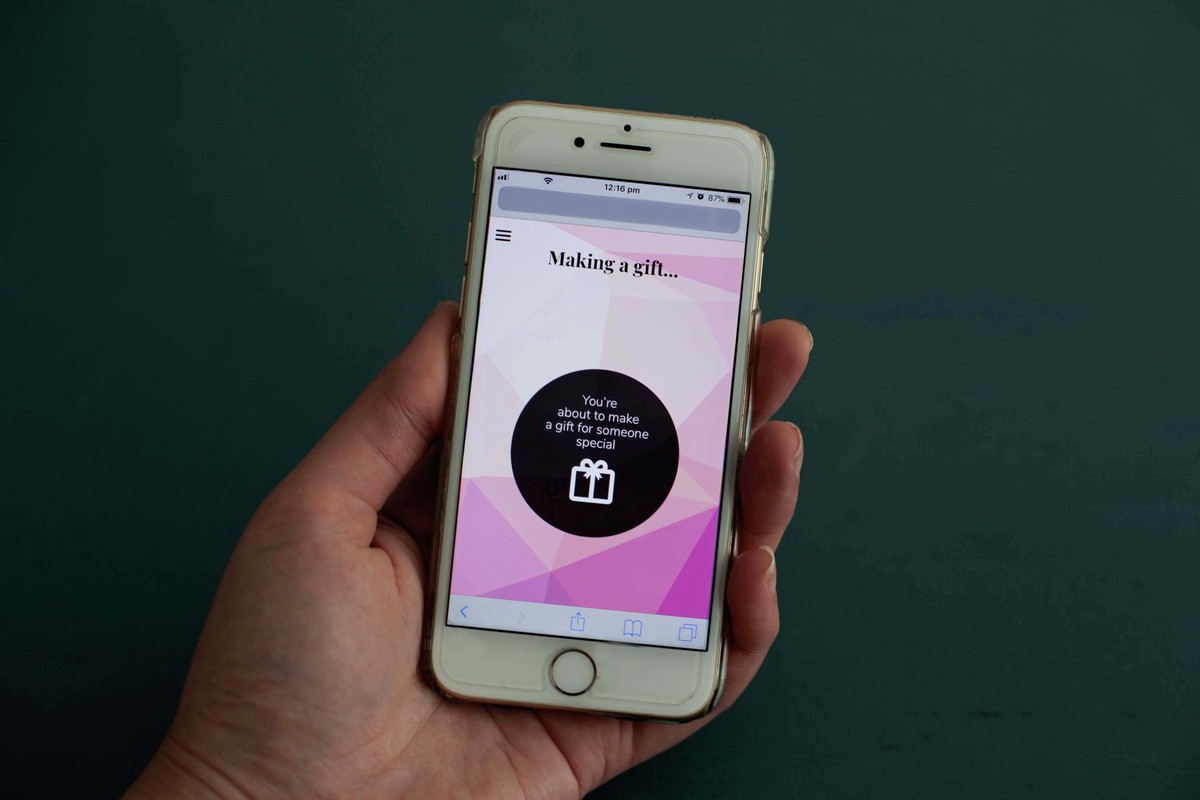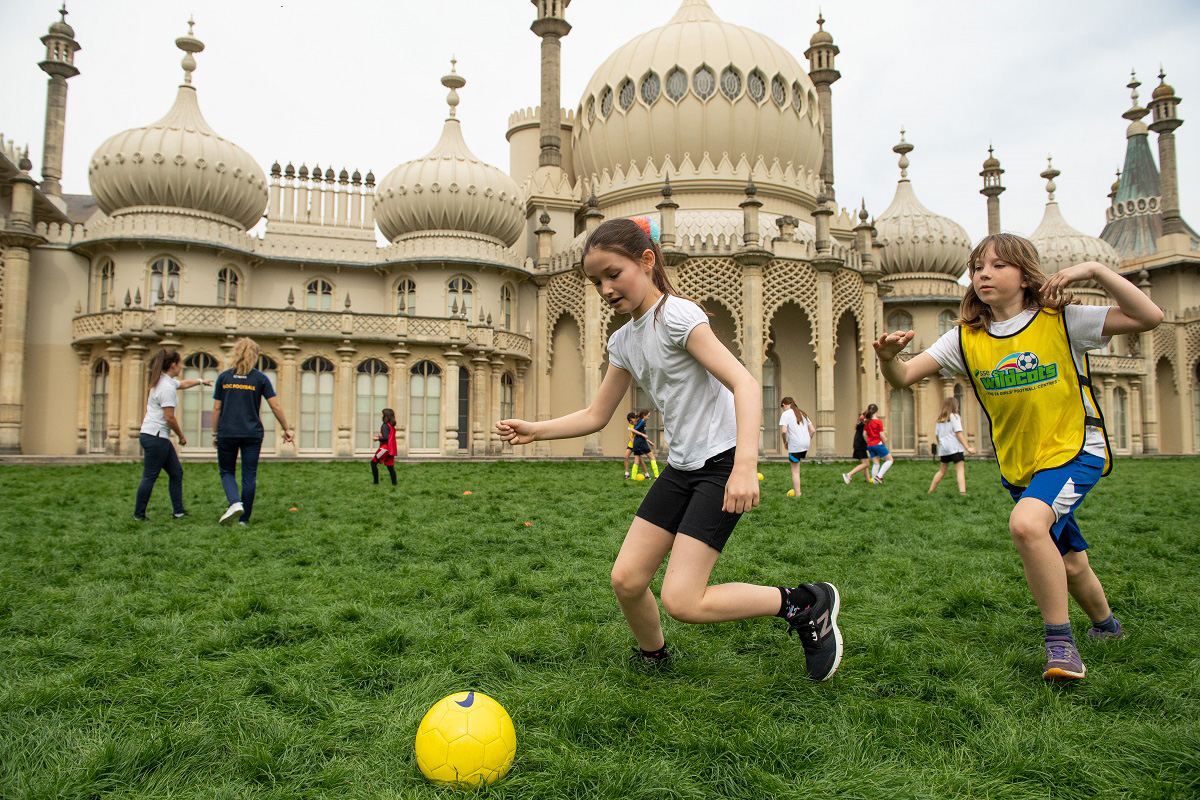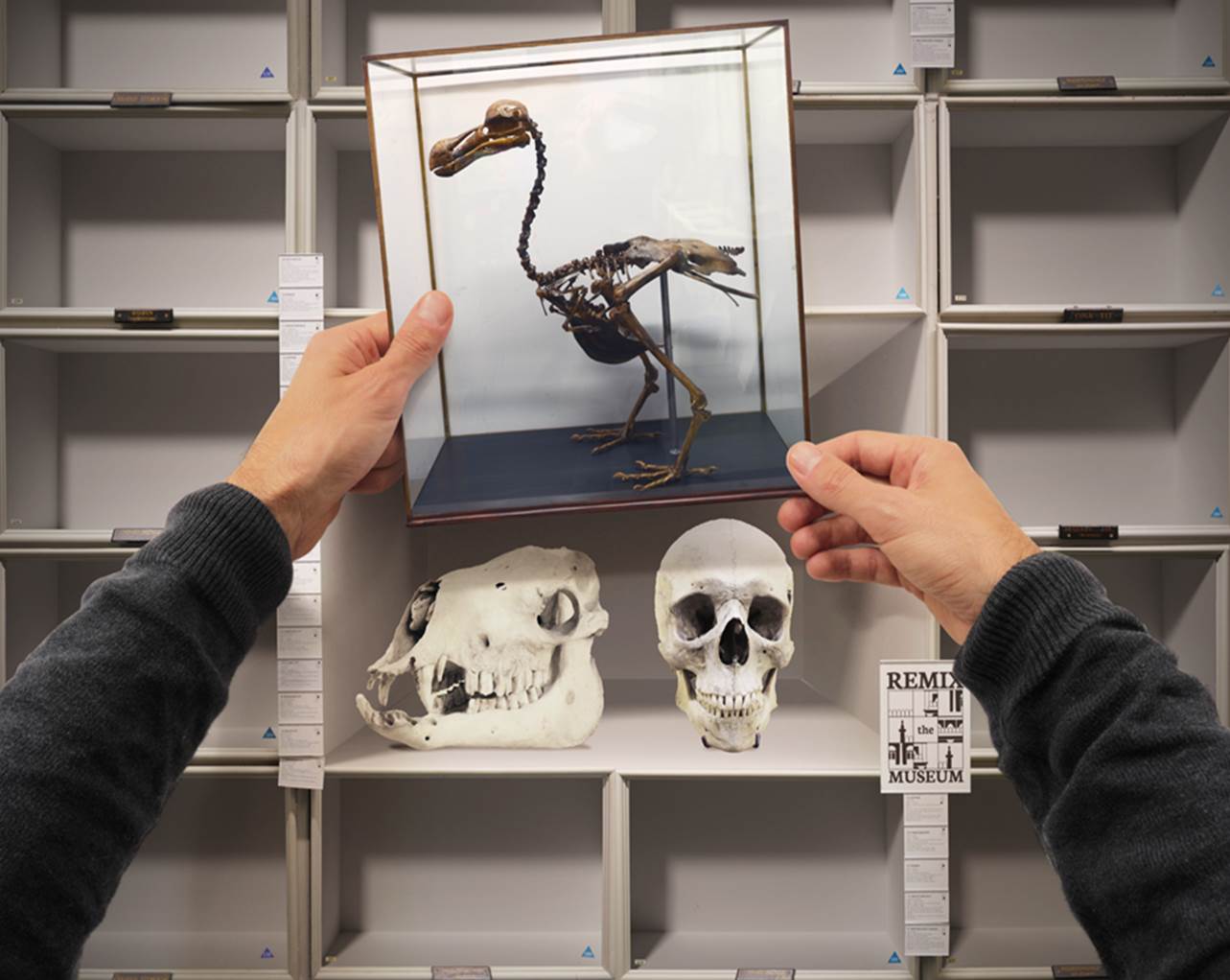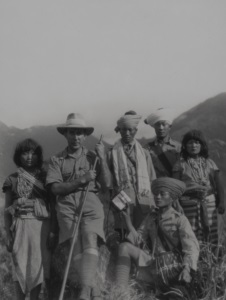
This is a legacy story from an earlier version of our website. It may contain some formatting issues and broken links.
I have worked with the Royal Pavilion & Museums since the tender age of 15 (that’s over six years now!) but it is with a heavy heart this month that I have left for pastures new.
 Alongside my day jobs in the Bookings Office and on the frontline, I have been lucky enough to benefit from RPM’s Workforce Development initiative on plenty of occasions over the years.
Alongside my day jobs in the Bookings Office and on the frontline, I have been lucky enough to benefit from RPM’s Workforce Development initiative on plenty of occasions over the years.
It all began in 2015, when I caught wind of a Workforce Development opportunity with the Creative Programming Team in the run-up to our major fashion exhibition, Fashion Cities Africa. The role centred on promoting the exhibition via a number of digital channels, including Instagram and Tumblr. As someone with interests in both fashion and social media, this was right up my street. Much to my delight I landed the position, and spent the ensuing 18 months working closely alongside the Creative Programming, World Art and Fashion & Textiles teams. I watched the project blossom from a seed of initial ideas to a fully-fledged, ground-breaking exhibition discussed worldwide. I sat in on meetings on everything from the curators’ overseas research trips to the colour scheme of the exhibition galleries, documenting the curation process online for an audience of fascinated fashion and exhibition enthusiasts. I gained access to a behind-the-scenes world, learning suddenly just how much graft, research and attention to detail is required to present a successful exhibition. I felt overcome with a sense of admiration and respect for the knowledgeable professionals working tirelessly around me to bring together a show that would educate their audiences, inspired by the levels of responsibility and pride they took in their work.
Alongside all of this, I was also able to begin practising writing for online audiences – a skill that I’d long yearned for as a young person with dreams of pursuing a career in press, marketing or journalism. When the experience drew to a close, I felt immensely proud to have been involved in an exhibition so unique and informative – and far more confident in my communication and digital marketing abilities than when I set out. Four years on, these invaluable gains are continuing to serve me in ways I could never have imagined at the time. The experience was made particularly special by Creative Programming Curator Jody East, who mentored me from start to finish, ensuring I was never unsure of my responsibilities or direction, instilling me with confidence and making me feel nothing but welcome and valued in a curatorial domain that I otherwise had absolutely no prior experience of – thank you, Jody! Thank you also to every other member of staff involved in Fashion Cities Africa who inspired and educated me along the way.
Next came my Queer Looks experience – one that will forever hold a special place in my heart. Again, I was lucky enough to be drafted in for a similar digital ambassador role – but this time also engineering a microsite to accompany the Queer Looks exhibition. I worked closely with a Young Project Team of Brighton & Hove-based volunteers, who were, without a doubt, the most passionate, innovative and driven group of people I’ve ever had the pleasure to be inspired by. Together we made important curatorial decisions, such as deciding which contributors and outfits should be shortlisted for inclusion in the exhibition, and how to thematically categorise their stories. I relayed every step and conclusion to a dedicated Instagram following, not only offering the public a unique insight once again to the exhibition-building process, but generating an undeniable buzz around the incoming display at the same time. I worked tirelessly to craft a website that would accompany the exhibition both online and on a tablet in the gallery, elaborating on the stories told and providing a permanent and detailed legacy for a show that would otherwise have been temporary. It felt incredible to take ownership of such long-lasting and valuable elements of Brighton Museum’s exhibition history. My time spent working with the Queer Looks team not only enabled me to further practise my digital marketing skills, but furnished me with an all-new ability to build a WordPress site. However, perhaps more important than any professional experience or skill gained, this project enlightened me immensely, teaching me more than I ever thought I could be taught about our diverse and insightful local LGBTQ+ communities. My mind was expanded, my heart was warmed, and I came away feeling informed and inspired. In addition to the Young Project Team, for whom I hold the upmost respect, I owe a ginormous ‘thank you’ to Ellie Newland, who mentored me from Day One, ensured I was never without reassurance, a challenge or a sense of purpose, and went above and beyond to push me creatively in order to expand my self-confidence and skillset. Ellie, you are one talented and motivational woman!
Then I enjoyed a brief stint with the World Art team, wherein I helped to organise a wealth of data relating to the long-running Fashioning Africa project and begun using it to craft yet another microsite – this one to celebrate, promote and explain the project, which is geared towards developing Brighton Museum’s holdings of African textiles. It was an absolute pleasure to spend some time with the lovely Rachel Heminway-Hurst and Helen Mears and gain yet another fascinating behind-the-scenes insight into their busy world of work – my further developed website skills only coming as a bonus.
Most recently, I have been jammy enough to spend some time working with the lovely Press & Marketing Team as a result of a couple of different Workforce Development opportunities. In helping these guys to promote our visiting Hans Holbein painting and special events at the Booth Museum, I had the opportunity to embrace and practise my existing skills as well as learning some invaluable new ones, like writing press releases. However, it wasn’t solely these skills that landed me my fab new job as a Digital Marketing Officer for ethical jeweller Lebrusan Studio – but Caroline Sutton. Caroline (who’s known me since my college years, as a result of teaching me Journalism at BHASVIC!) was never short of advice and encouragement, and was in fact the star who gave me a heads-up about the job I now call mine. Thank you, Caroline and the rest of the Marketing Diamonds, for instilling me with lots of lovely confidence and drive!
Finally, I must say a special ‘big up’ to Nick Kay, who has coordinated the whole bonanza and ensured I never once missed the boat to apply for an opportunity that loaned itself to my skills and future dreams.
The Workforce Development scheme is an ingenious creation that serves so many positive functions. If it wasn’t for the opportunities I have been presented over the years, there’s no way I’d be where I am today.
Ruby McGonigle, Former member of Royal Pavilion & Museums, Brighton & Hove




